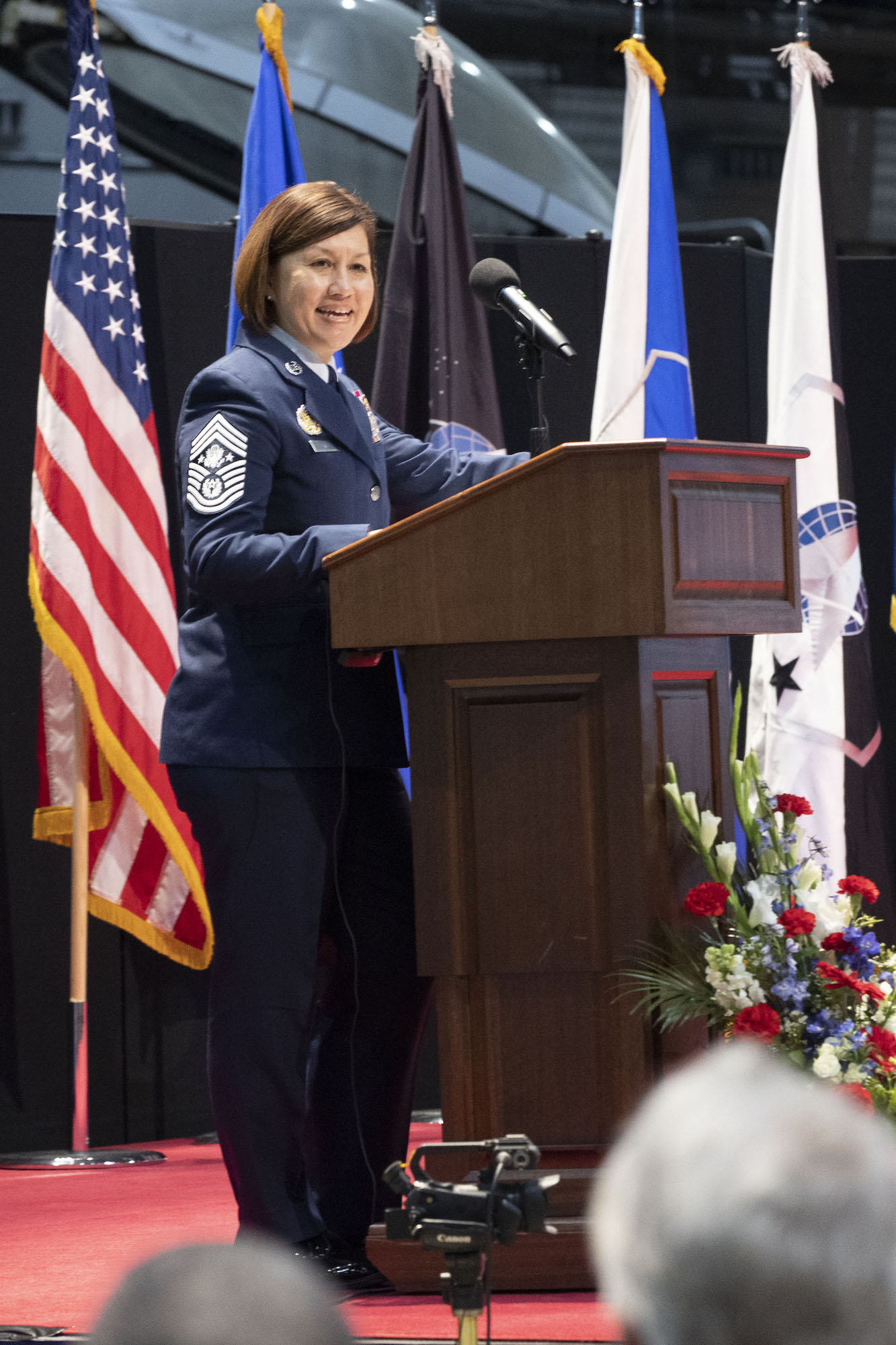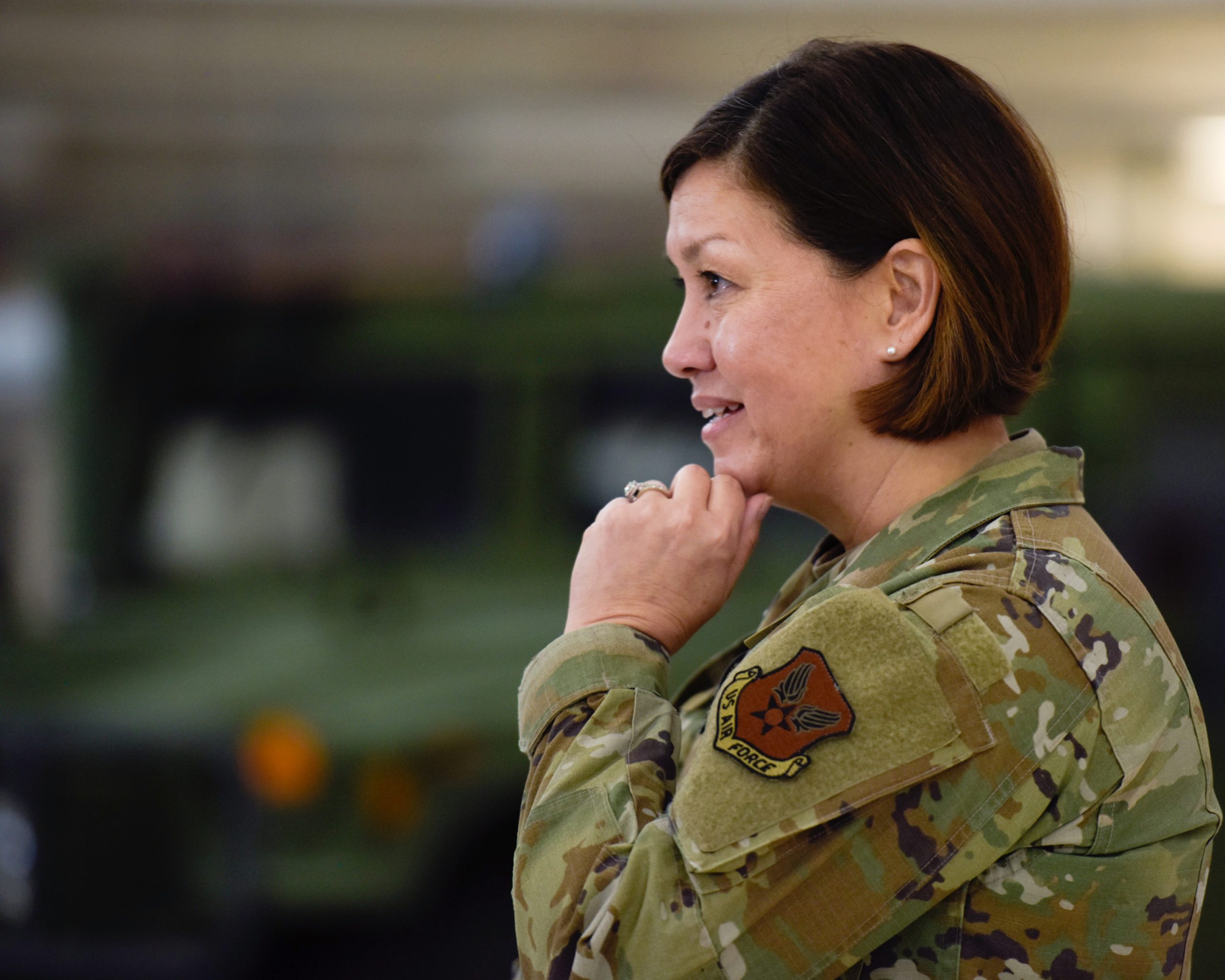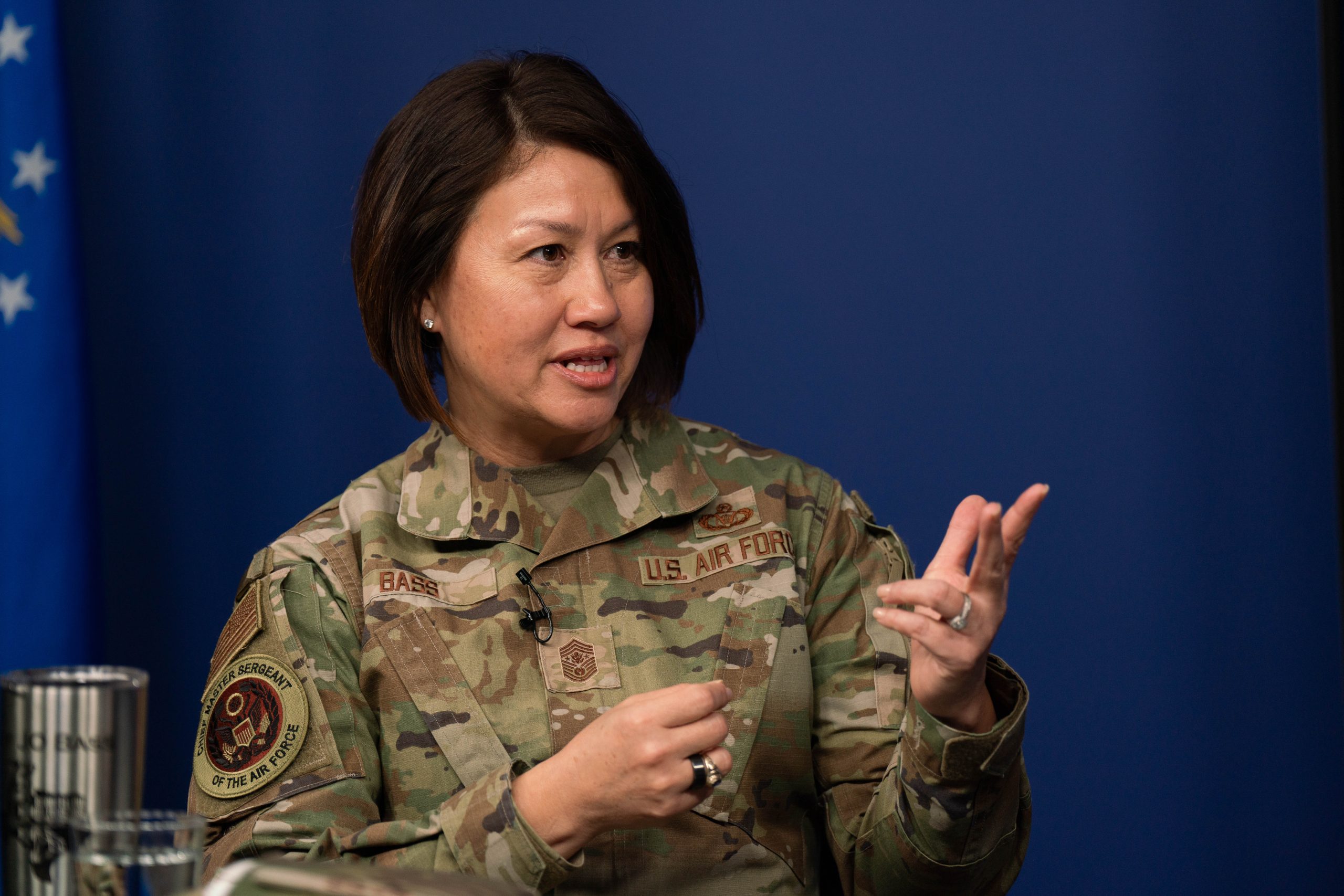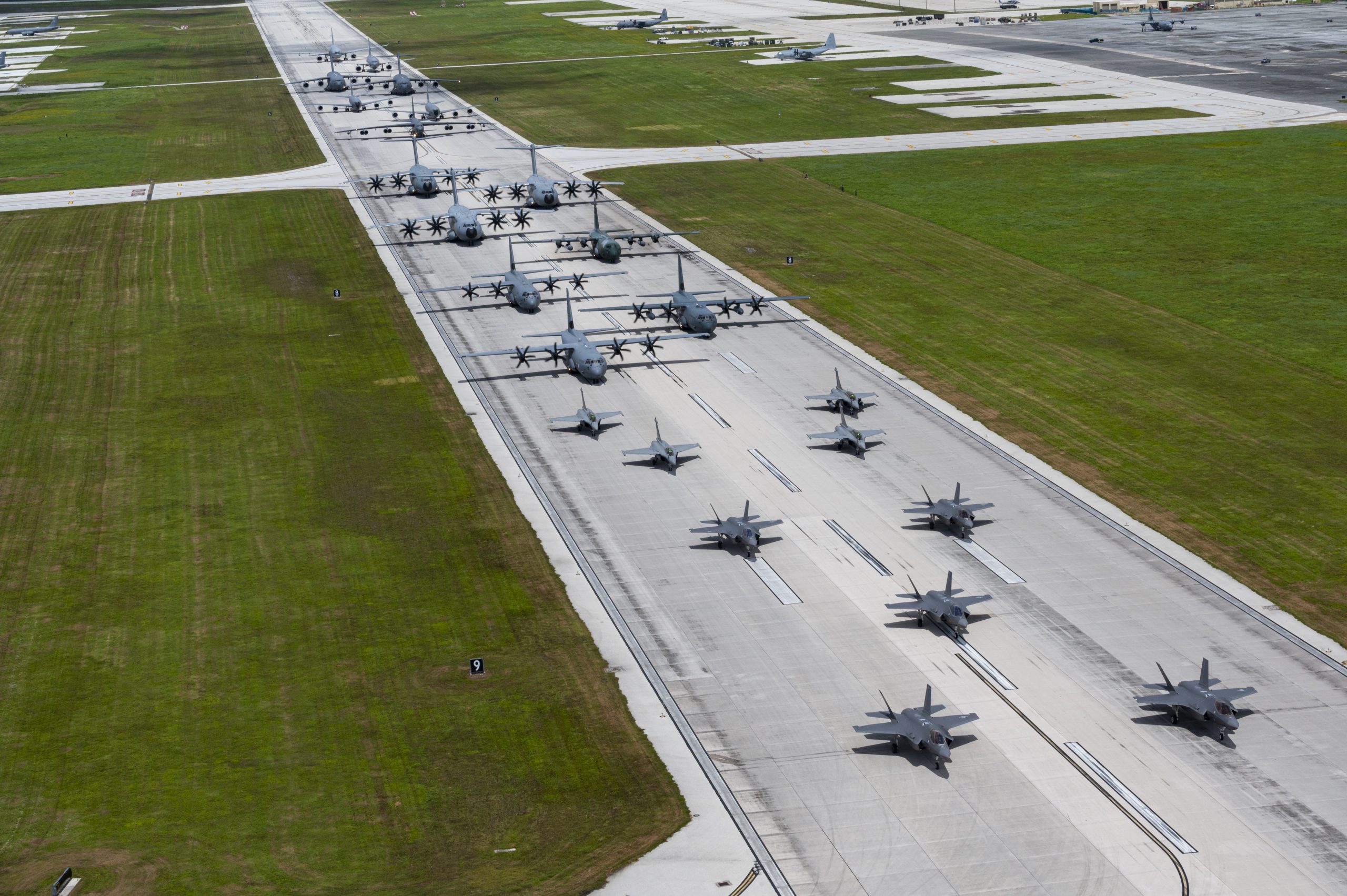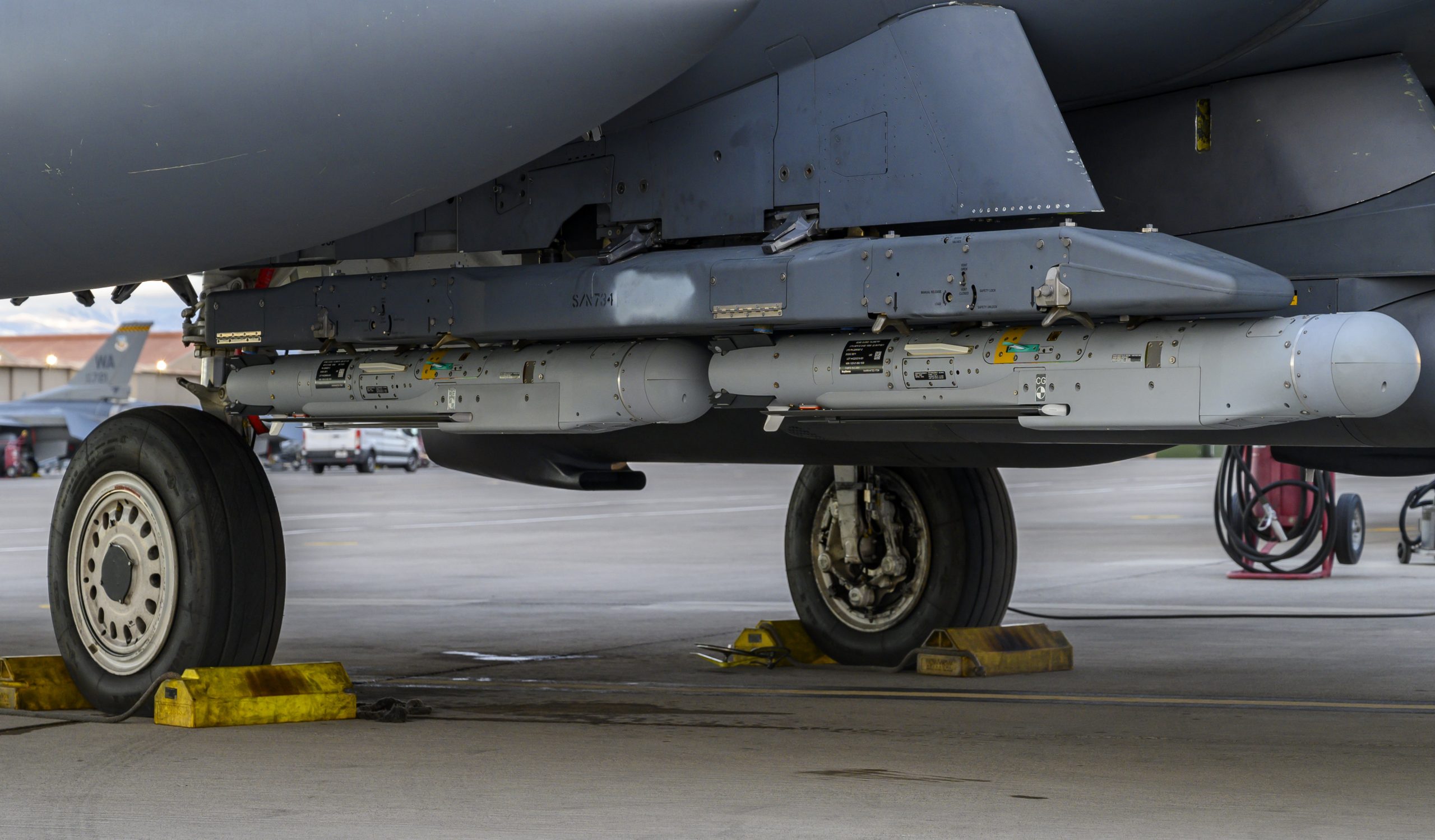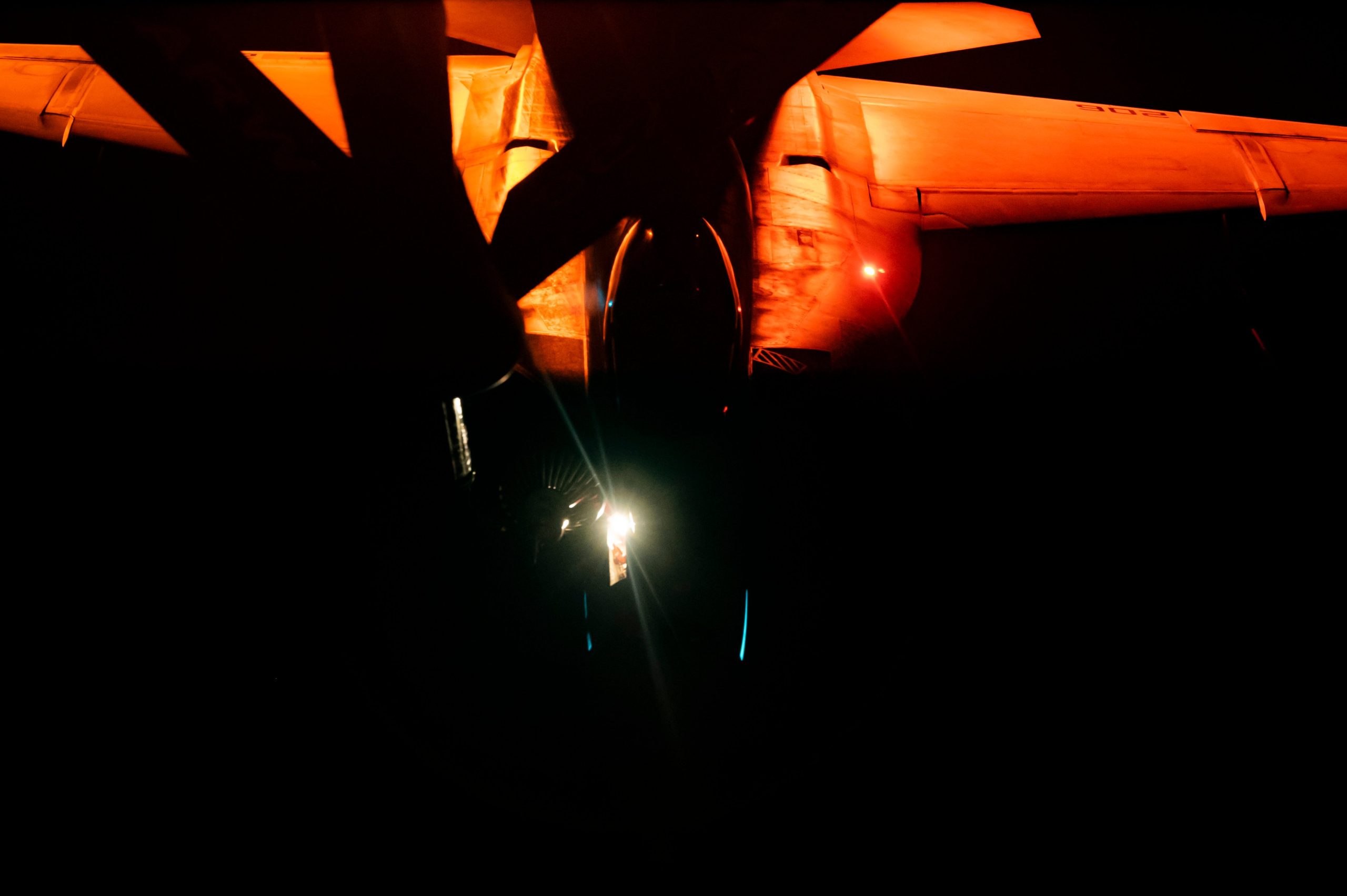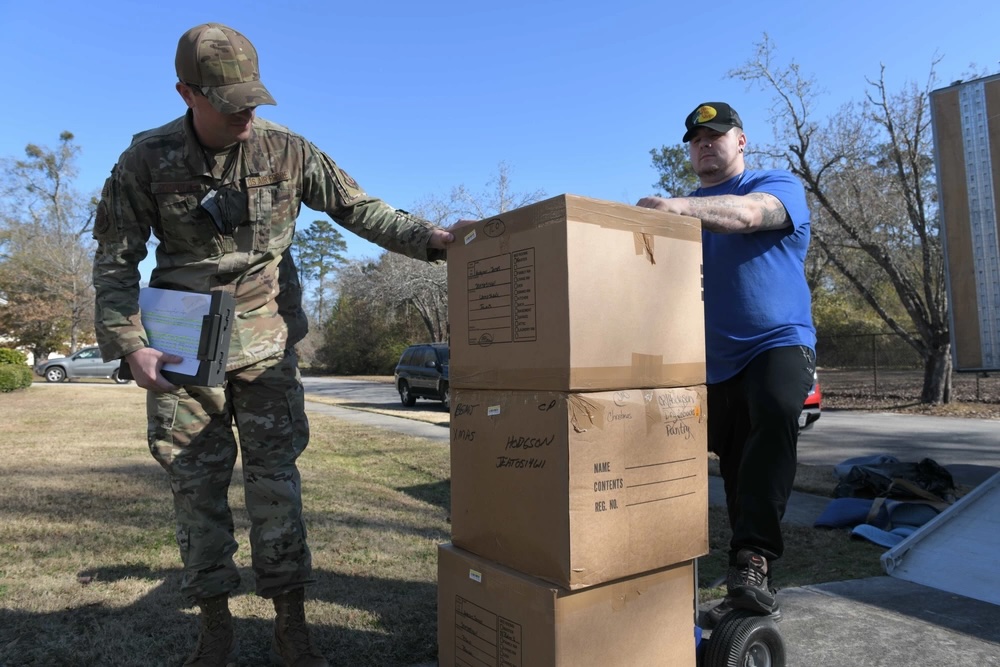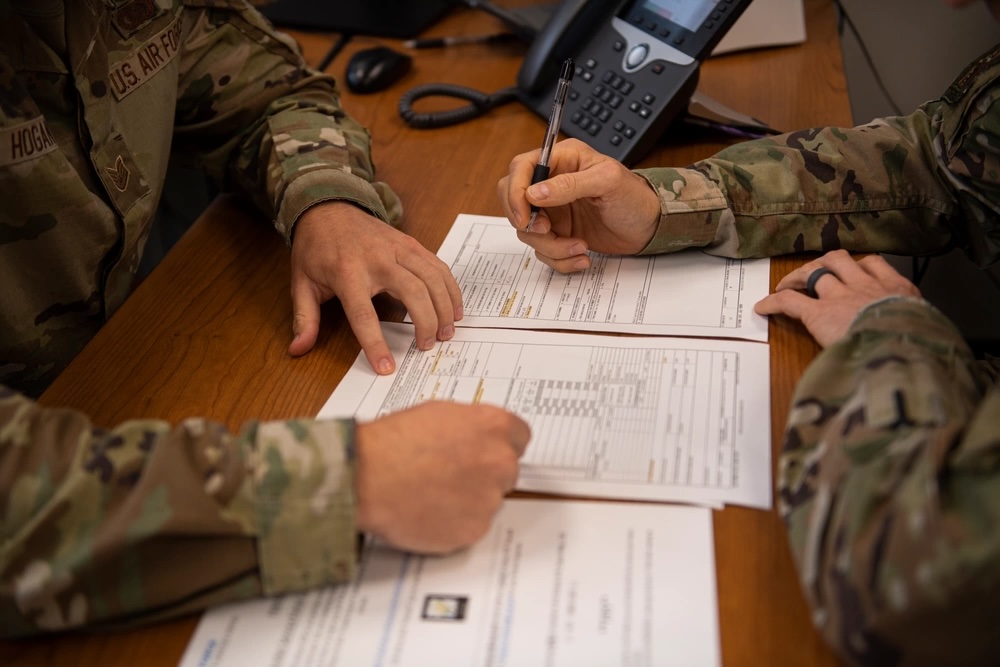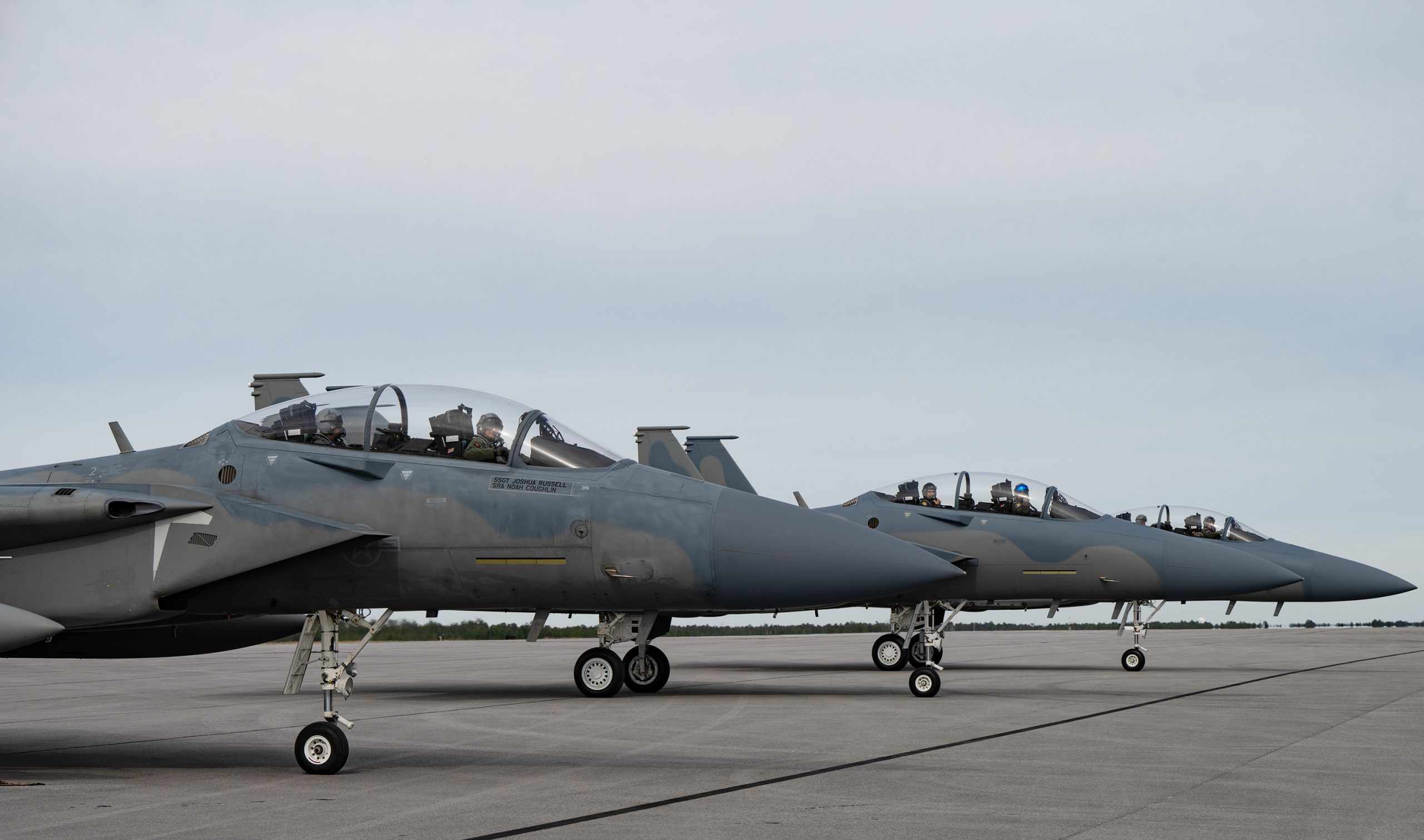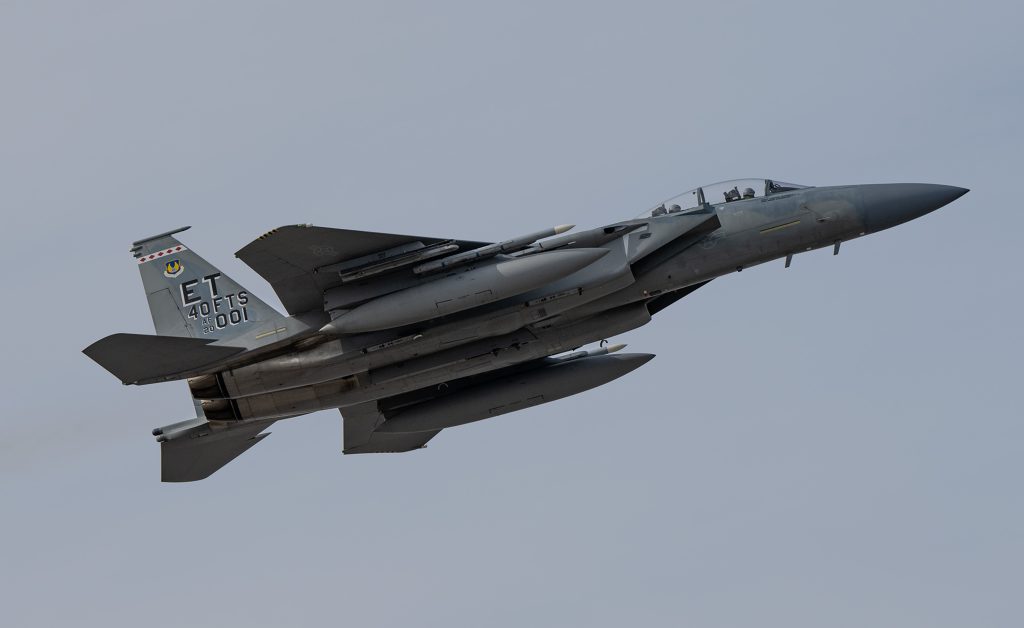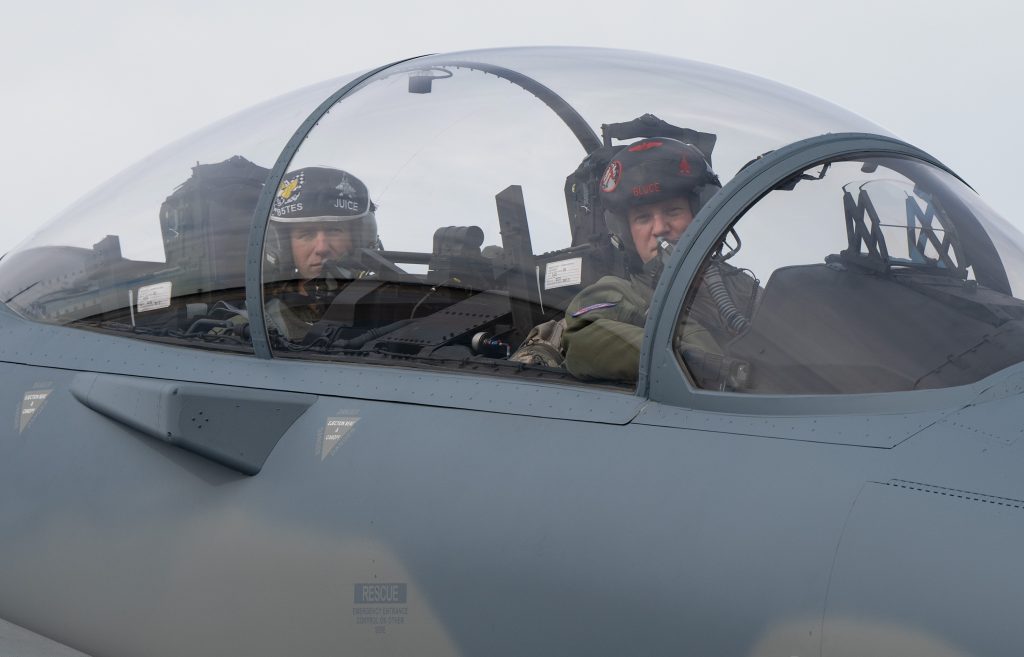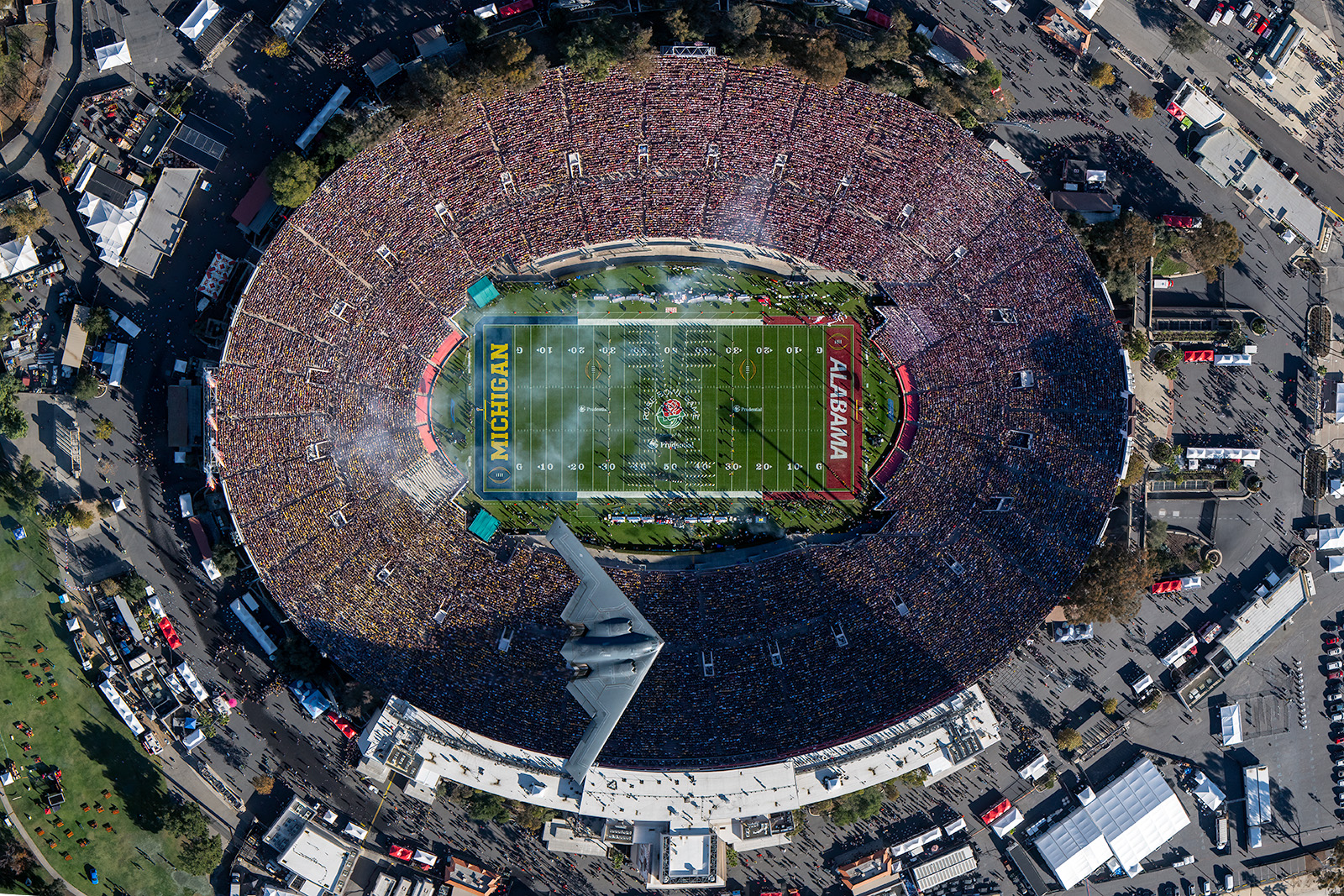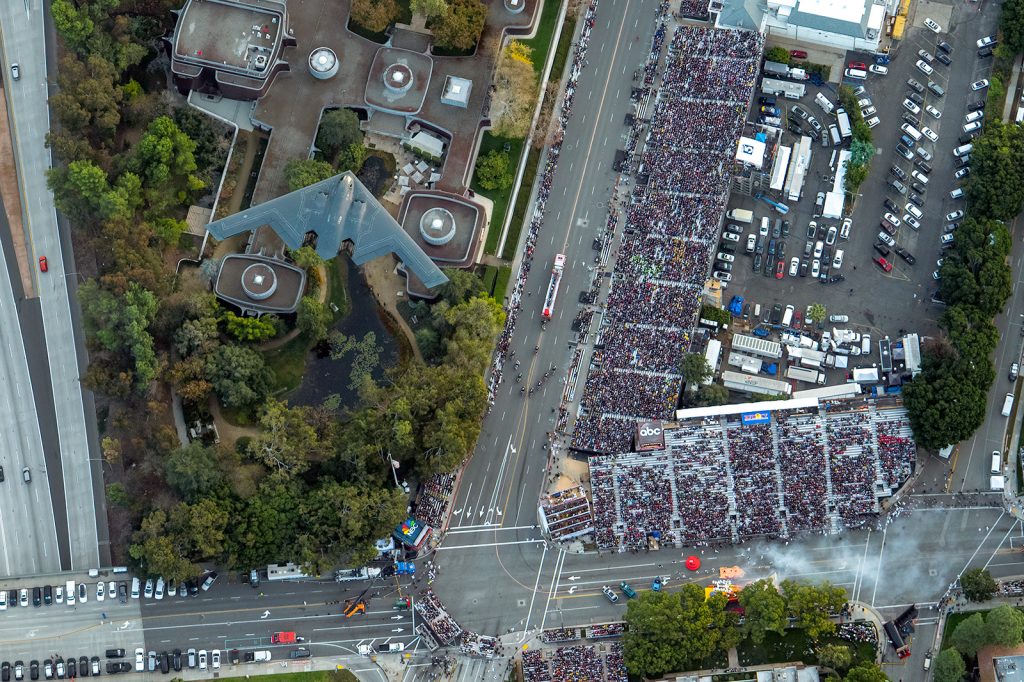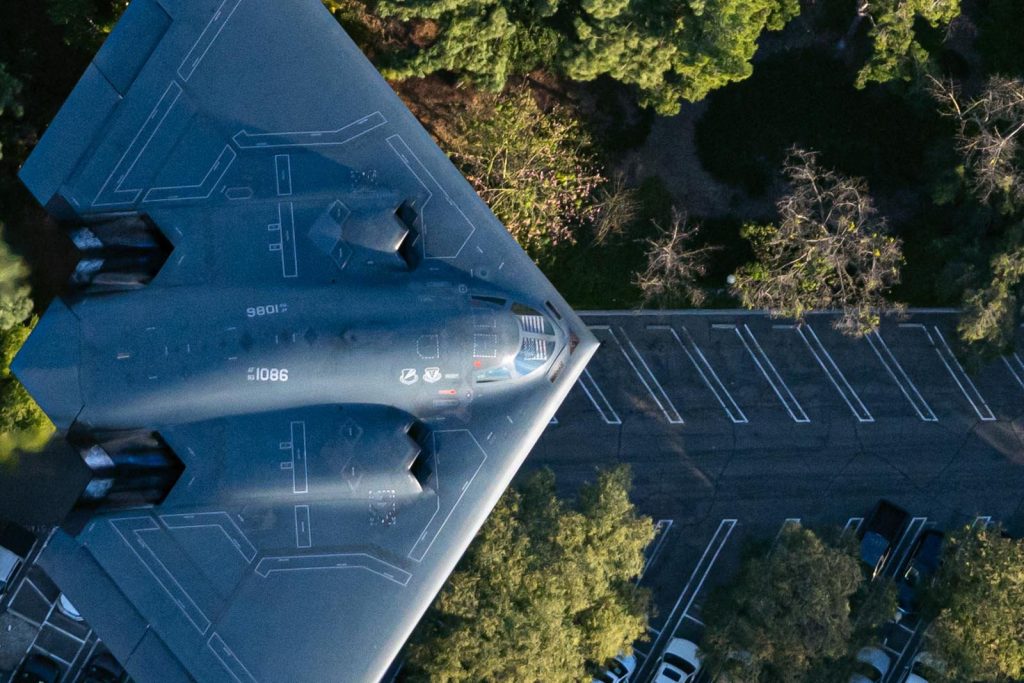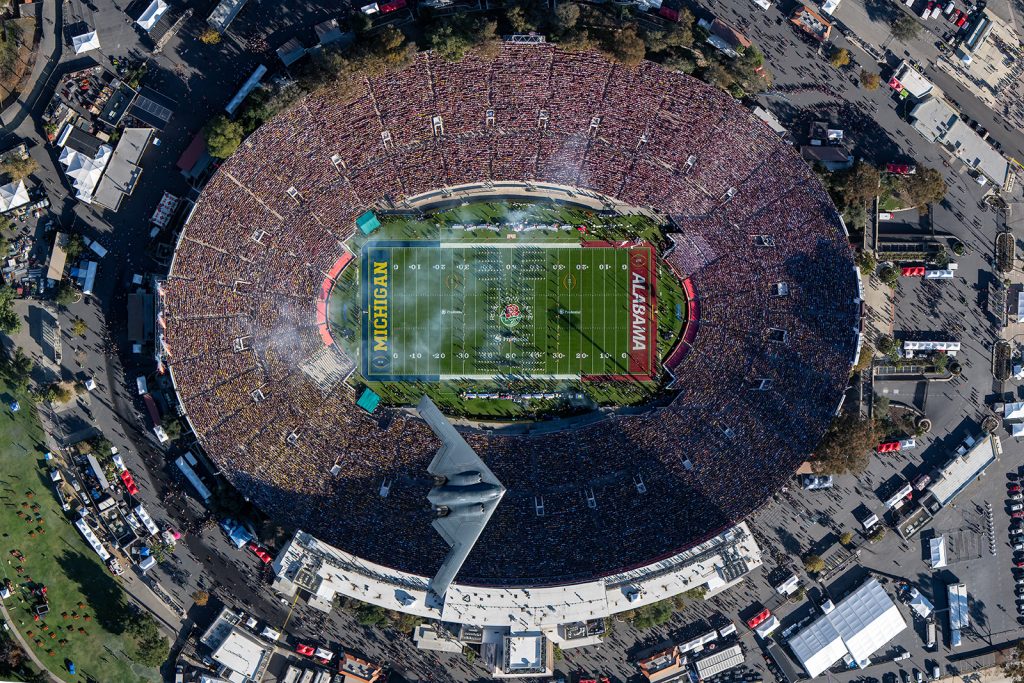The National Museum of the U.S. Air Force in Dayton, Ohio—long renowned for its massive collection of aircraft and aviation history—turned its focus to the enlisted personnel who have fueled the service for 76 years for its latest feature, the Enlisted Force Exhibit.
The permanent exhibit took three years to create and features around 50 elements spread throughout four buildings and 10 galleries of the museum, each linked to relevant eras and artifacts.
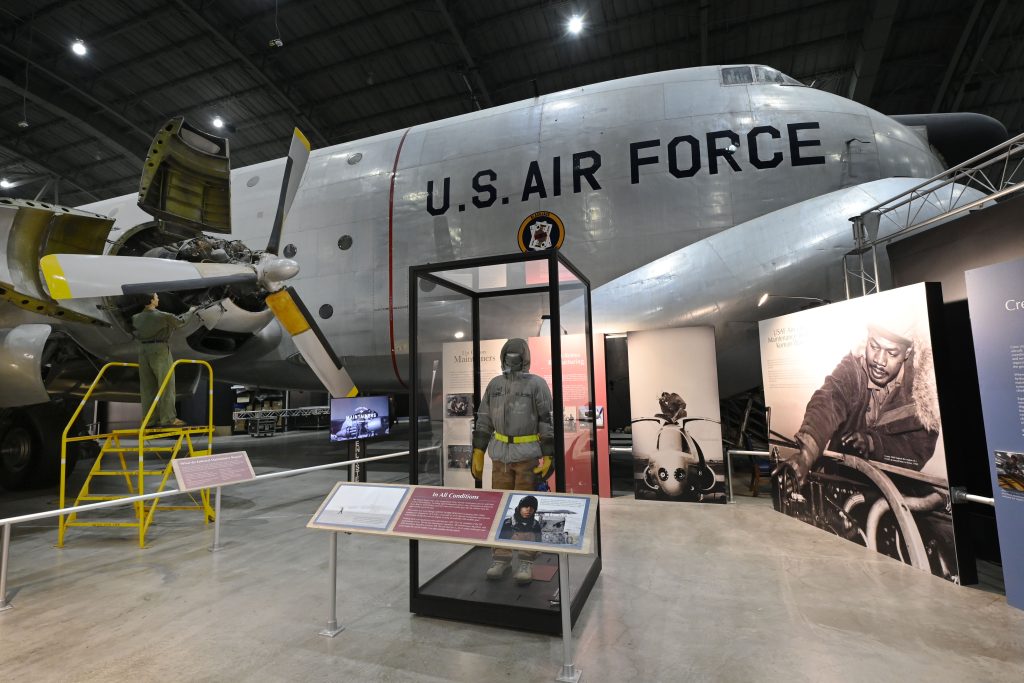
Chief Master Sergeant of the Air Force JoAnne S. Bass, the service’s top enlisted member, delivered a keynote address at the exhibit’s grand opening on Nov. 9, 2023.
“The men and women of our enlisted corps are not merely participants in the chronicles of our nation’s defense, but they are architects of history,” Bass said. “Our heritage is rooted in the ideals of integrity, service and excellence—a tapestry woven with the threads of sacrifice and valor.”
The exhibit includes dynamic galleries, such as the Enlisted Maintainers element in the Korean War Gallery and uniforms from 1918 to 2019 showcasing Airmen’s roles from a World War I mechanic to a Global War on Terrorism HALO Parachutist.
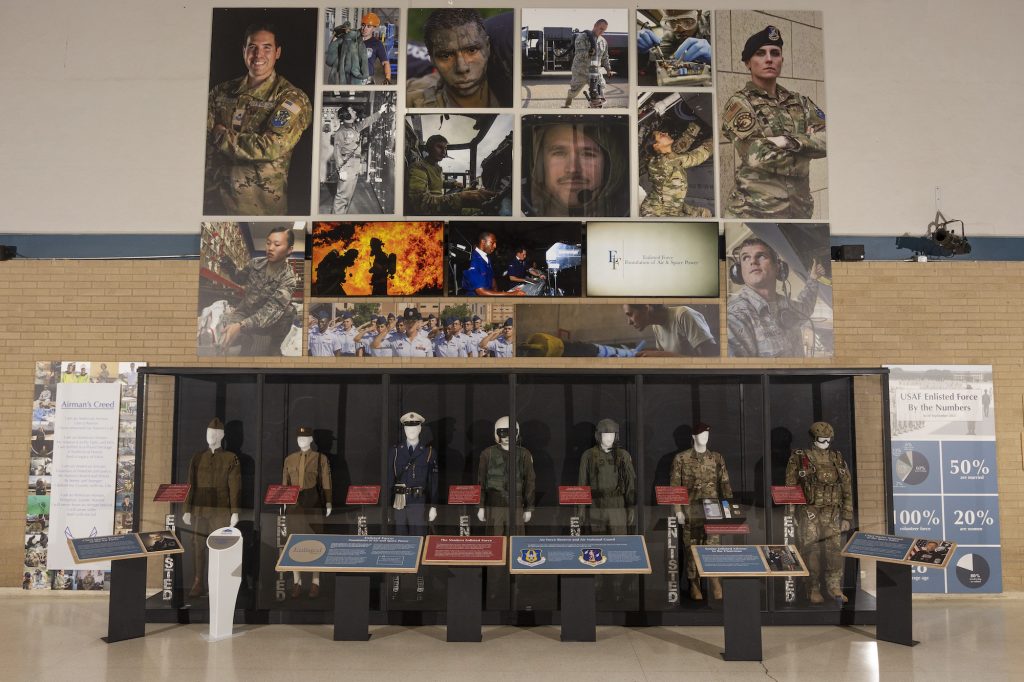
The World War II Gallery also now includes the story of Staff Sgt. James Meredith, a trailblazing Black Airman who served in an all-white squadron, and the uniform worn by Sgt. Benjamin Fillinger, one of 15 Airmen from Wright-Patterson Air Force Base who transferred into the Space Force in 2020.
At the ceremony, Chief Master Sergeant of the Space Force John F. Bentivegna compared the young service to the museum itself.
“Today’s Space Force is small. It’s just like the museum when it started as an engineering study collection—very small,” Bentivegna said. “But Guardians are creating our Space Force history each and every day. And one hundred years from now, the Enlisted Exhibit in the National Museum of the U.S. Air and Space Force will be overflowing with that history that we’re making today.”
Visitors can also learn about the behind-the-scenes efforts of Enlisted Maintainers and the musical Ambassadors of the Air Force at the exhibit. David Tillotson III, the museum’s Director, emphasized the significance of preserving legacy of the Airmen in the building’s newest addition.
“This extensive and interactive new exhibit honors the critically important role of the enlisted force in the Department of the Air Force,” said Tillotson. “Museum personnel have worked tirelessly on this exhibit for three years to tell the stories of the highly skilled, trained, and talented enlisted force that has been the foundation of the daily operations of the U.S. Department of the Air Force from its early years as the U.S. Army Air Service to the modern Air and Space Force.”

Since 1907, enlisted Airmen have been the backbone of the branch, now making up nearly 80 percent of the Department of the Air Force, according to the museum. Showcasing technical prowess and professionalism, their role has evolved, becoming a diverse force with diverse responsibilities.
As of 2023, the Department of Defense has over 250,000 active-duty enlisted Airmen and more than 4,200 active-duty enlisted Guardians.
The National Museum of the U.S. Air Force, located at Wright-Patterson Air Force Base, is the world’s largest military aviation museum with more than 350 aerospace vehicles and missiles across 19 acres of indoor space.
